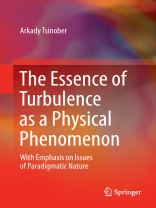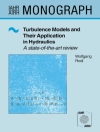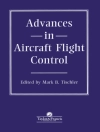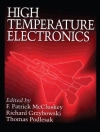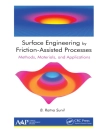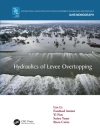This book critically reexamines what turbulence really is, from a fundamental point of view and based on observations from nature, laboratories, and direct numerical simulations. It includes critical assessments and a comparative analysis of the key developments, their evolution and failures, along with key misconceptions and outdated paradigms. The main emphasis is on conceptual and problematic aspects, physical phenomena, observations, misconceptions and unresolved issues rather than on conventional formalistic aspects, models, etc. Apart from the obvious fundamental importance of turbulent flows, this emphasis stems from the basic premise that without corresponding progress in fundamental aspects there is little chance for progress in applications such as drag reduction, mixing, control and modeling of turbulence. More generally, there is also a desperate need to grasp the physical fundamentals of the technological processes in which turbulence plays a central role.
สารบัญ
PART 1: INTRODUCTION – The phenomenon and the problem of turbulence .- 1 The phenomenon of turbulence.- 2 The problem of turbulence.- 3 What equations describe turbulence adequately?.- PART 2: ISSUES OF PARADIGMATIC NATURE I – Origins and nature of turbulence .- 4 Origins of turbulence.- 5 Nature of turbulence.- 6 Additional issues of importance related to the use of statistical methods.- PART 3: ISSUES OF PARADIGMATIC NATURE II – Specific features .- 7 The N’s of turbulence.- 8 Large Reynolds number behavior, Symmetries, Universality.- 9 Intermittency and Structure(s) of and/in turbulence.- 10 Epiloque.- 11 Apendix – Essential quotations.- Bibliography.- Author index.- Subject index.
